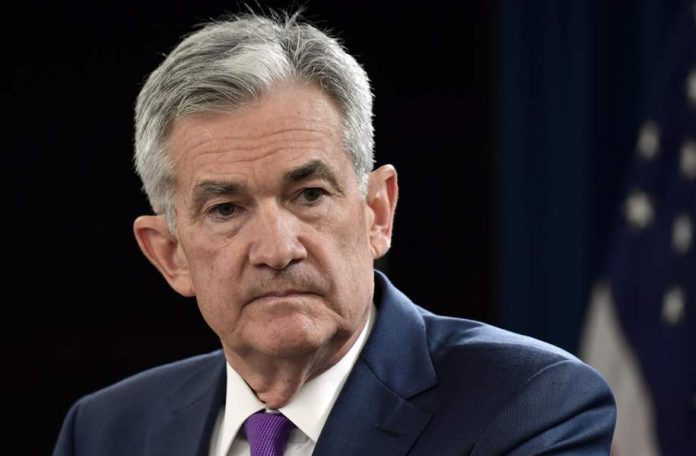The July jobs report arrived and equities refused to budge this morning following a major payrolls “beat.”
943,000 jobs were added last month according to the Labor Department, surpassing the consensus estimate of 845,000 with ease. The unemployment rate dropped to 5.4%, also beating the estimate of 5.7%.
Reopening-sensitive Dow stocks rallied while Big Tech traded slightly lower. The S&P opened mostly flat as a result.
Treasurys, on the other hand, plunged in response to the report. 10-year Treasury yields surged above 1.28% alongside rising small caps. The dollar jumped, too, prodded higher by hawkish fears.
This caused gold to crater below $1,800 as short-term Treasurys also sold-off.
Make no mistake:
The markets are interpreting the “good, but too good” July jobs report as evidence that the Fed will begin tapering. And for good reason.
Fed Chairman Jerome Powell said in the past that he wanted to see “full employment” (an unemployment rate of 3.5%) before the Fed would taper. Today’s numbers didn’t take the unemployment rate anywhere even close to that, but they could be indicative of a continued labor recovery that’s only going to accelerate from here.
However, that assumption may be a little premature given the types of jobs that were added in July. 380,000 payrolls came from the leisure and hospitality industries while education saw a 261,000 job gain. These were “snap back” hires in the industries most affected by Covid.
And they’re the very same jobs that will once again disappear if the delta variant prompts new lockdown measures in the US – something the White House has been considering in recent weeks.
Wall Street, meanwhile, believes the hiring blitz has pushed the tapering timeline forward despite new Covid infections.
“Because of the delta variant, until we know a little bit more about that, I think it throws a different wrench in there, where we’re like, OK, now we’re in wait-and-see mode there,” said TD Ameritrade’s JJ Kinahan.
“Great to see that the jobs are progressing and the economy is progressing — hopefully by the next jobs report we’ll know if the economy can keep progressing at this pace. Right now it looks like it will.”
Katherine Judge from CIBC Capital Markets shared a similar opinion:
“With many states set to see the unemployment benefit top-ups expire in early September, healthy job gains should continue ahead, in line with elevated job openings. This print should be enough to allow the Fed to announce an early 2022 tapering of QE at the September meeting,” she said.
Other analysts came to the same conclusion, that Powell will break the news after the September FOMC meeting wraps up on the 22nd. That doesn’t mean the Fed will start tapering right then, but that it will issue a “first warning” of sorts.
In terms of actual tapering, Goldman chief economist Jan Hatzius clarified when he thinks that will happen.
“We now see a 25% probability of a formal tapering announcement in November (vs. 20% previously), a 55% probability that it will come in December (unchanged), and a 20% probability that it will come after the end of this year (vs. 25%),” Hatzius said.
So, according to Wall Street’s timeline, bulls have until mid-September to get their gains in before a taper warning crunches equities. But as investors have seen in the past, each market dip was quickly recouped in a matter of days.
A taper warning may simply provide traders with another buying opportunity in the near future.
And if Powell doesn’t issue a warning? Look out above. Either way you slice it, bulls are still in control.
No matter how good (or bad) US labor looks in the coming months.









